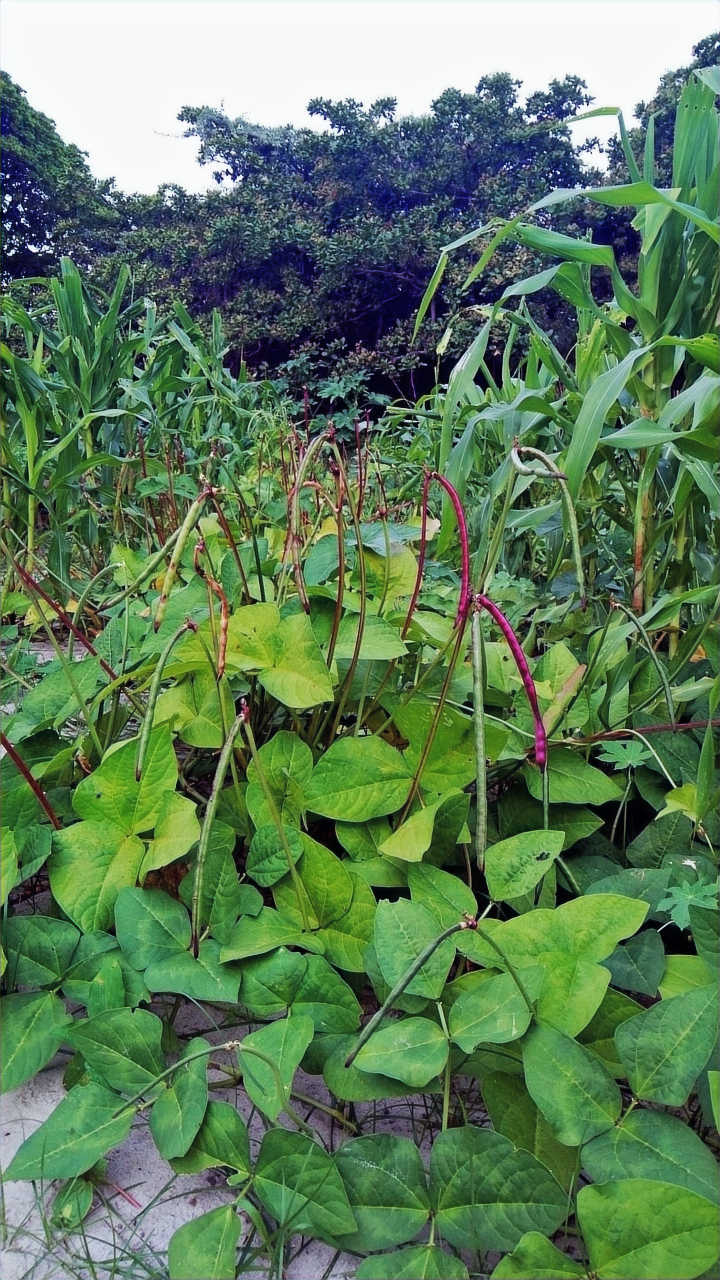- Aug 21
- 3 min read
Updated: 4 days ago
Public Transport Goes Electric: Kenya's Journey Towards Sustainable Mobility

Local start-up BasiGo is leading the charge with electric buses now running under popular saccos such as Super Metro and Embassava.
“Every trip we make cuts emissions and lowers operating costs for drivers,” says BasiGo CEO Jit Bhattacharya. “Passengers love the smooth, quiet ride.”
Kenya Bus Service (KBS) recently added its first electric bus to the fleet. The operator plans to expand charging infrastructure at depots. This is a sign that e-buses are moving from pilot stage to mainstream.
The Rise of the Electric Boda
In the motorcycle taxi sector, change is visible on Nairobi’s streets. Uber Kenya has rolled out electric bodas through its “Electric Boda” option.
The company reports that trips surged by over 90% in the past year. Riders benefit from cheaper running costs.
“I save almost half of what I used to spend on fuel. The battery swap takes minutes, and I’m back on the road,” says Peter Mwangi, an Uber boda rider.
Climate Action in Motion
Transport contributes nearly 20% of Kenya’s greenhouse gas emissions. Under its updated Nationally Determined Contribution (NDC), Kenya has pledged a 32% cut in emissions by 2030. The shift to electric mobility is a cornerstone of that pathway.
Energy expert Brian Nyangena of Verst Carbon puts it simply:
“Clean mobility is climate action you can see on the streets. Every electric bus or boda not only reduces emissions but also makes our cities healthier.”
The Road Ahead
Challenges remain—upfront costs, charging networks, and financing models.
However, with Kenya’s grid already powered by more than 80% renewables, the climate payoff from e-mobility is immediate and significant.
Kenya’s electric transport story is no longer just about pilots; it’s about scale. As more passengers, riders, and operators make the switch, the road to a low-carbon future looks promising.
“Transport accounts for nearly 40% of energy-related emissions in Kenya. Electric mobility isn’t just a trend—it’s a climate necessity,” says Dr. Joyce Msuya, a climate policy expert.
The Economic Benefits of Electric Mobility
Switching to electric transport is not just an environmental decision; it also makes economic sense.
Matatu operator Peter Kamau, who runs one of the Embassava Sacco electric buses, shares:
“Switching to an e-bus cut my fuel costs by nearly half. Passengers appreciate the quiet ride, and I know I’m contributing to cleaner air in the city.”
Motorcycle riders are also excited about this mode of mobility for its fuel efficiency, resulting in more profits.
“I save up to KSh 300 daily on fuel. For me, it’s not just business—it’s a chance to be part of climate solutions,” says Janet Achieng, an Uber boda rider.
The Role of Policy in Driving Change
Kenya’s updated NDCs commit to reducing greenhouse gas emissions by 32% by 2030. Electric mobility provides a practical pathway, tackling urban pollution, reducing oil imports, and powering transport with Kenya’s renewable-rich grid.

“With over 90% of our electricity coming from renewables, e-mobility makes Kenya a global leader in sustainable transport,” says Energy Principal Secretary Alex Wachira.
Community Engagement and Awareness
To ensure the success of electric mobility, community engagement is crucial.
Awareness campaigns can help citizens understand the benefits of electric transport.
Workshops and informational sessions can demystify electric vehicles and encourage more people to consider them as viable options.
The Future of Electric Transport in Kenya
The wheels are in motion—literally and figuratively—for Kenya’s low-carbon future. Electric mobility is no longer a distant ambition; it’s on the road today, carrying passengers, riders, and the nation toward climate resilience.
In conclusion, the transition to electric transport in Kenya is not just about reducing emissions. It’s about creating a sustainable future for all.
Embracing electric mobility, is a significant steps toward a cleaner, healthier environment.
However electric transport uptake in Kenya remains limited by high vehicle costs, insufficient charging infrastructure, unreliable electricity supply, and low public awareness. ,
Only about 9,000 EVs registered nationwide, mostly electric motorcycles concentrated in urban areas.
These constraints, coupled with regulatory gaps and expensive battery maintenance, slow adoption despite growing interest and policy support.
Nationally Determined Contributions (NDCs).
_150x.png)






















